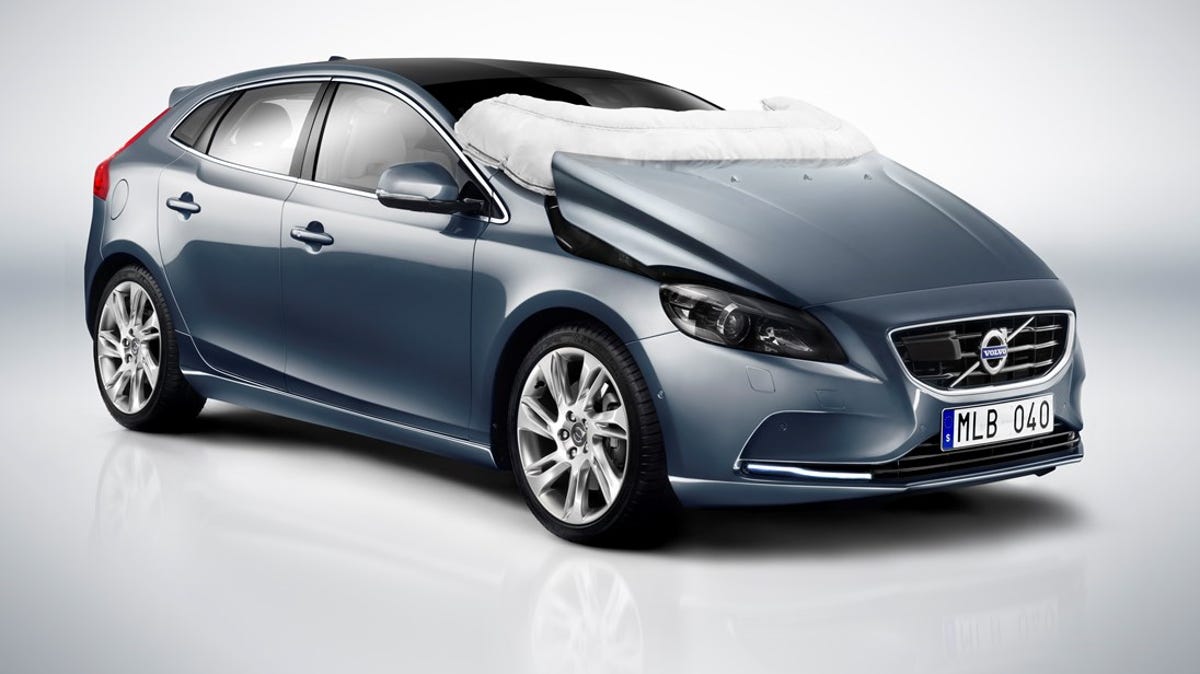
We all became familiar with the idea of “bending a curve” thanks to the COVID-19 pandemic. Now it seems another US curve needs bending: that of US traffic fatalities, which have been up strongly and abnormally over the last couple of years. The low-hanging fruit when it comes to changing that might not be in the car as much as around it.

US traffic fatalities have been on a long (if lumpy) general downward trend (blue bars) even as the US population has grown dramatically (green line) and as fataltities per vehicle miles traveled declined (red line) — with the exception of the last couple of years.
Brian Cooley/CNET
Thanks in large part to in-car safety tech like airbags, antilock brakes, stability control and, more recently, automatic emergency braking, US traffic fatalities have generally been on a long decline since 1970. The 52,000 such deaths recorded 52 years ago shrank to 36,000 in 2019 even as the US population and vehicle miles driven both increased dramatically. But 2020 and 2021 saw the biggest spike in over 50 years to a total of almost 43,000 per year, turning the roadway fatality clock back to 2002. In short, something’s not working as well as it did.
“We need regulations related to vehicle design and street design,” says Yonah Freemark, senior research associate at the Urban Institute, a nonprofit think tank focused on urban mobility and equity. “Those two play a really important role in how likely people are to get killed in streets, especially pedestrians (and cyclists) that are struck by cars.”
Speed is a major factor in nearly a third of all roadway deaths. A solution that would likely raise the hackles of most US drivers is the increased use of still-rare automatic speed cameras that issue tickets autonomously and create an enforcement presence that no number of human officers can hope to replicate. But US drivers have been sufficiently vocal in their opposition to such enforcement tech that there are studies looking at the numerous cities that have removed their similar red-light cameras.

Speed cameras are common in several countries outside the US, often using technology that calculates average speed of a given vehicle based on the time stamps when it passes two or more placeson the roadway.
Gov.uk
In-vehicle safety technologies that protect occupants have only become more prevalent over the last couple of years, so Freemark looks at pedestrian and cyclist fatalities in collisions with cars as the next key area for improvement. Three-quarters of US auto buyers select a light truck that is typically heavier and larger than the sedan or coupe they may have chosen as their previous purchase, a formula for a more brutal impact with someone outside of the vehicle. In the future, many more electric cars will be sold and their well-known weight problem could exacerbate the seriousness of collisions.
“The United States has chosen not to develop automotive safety standards that are designed to protect pedestrians, both in terms of testing and (vehicle) requirements,” says Freemark. European autos are rated on pedestrian impact in a collision, where US car safety ratings focus primarily on how well the car protects those inside of it.

Volvo was first to offer an underhood airbag meant to limit the injury to a pedestrian in the event of an impact, but the technology remains quite rare. But it’s far better to design roads that better separate cars from pedestrians than focus on mitigating the degree of major injury when they meet.
Volvo Cars
That difference plays out when you compare roadway fatality stats outside the US. “Over the last 20 years or so we’ve seen quite a divergence between other developed countries, like France,” Freemark said of a comparison he’s focused on. He noted other countries’ taxation schemes that disincentivize the purchase of large, heavy vehicles as well as automatic speeding cameras and the presence of far more traffic circles that still befuddle most US drivers. Listen to Yonah Freemark’s conversation with CNET’s Brian Cooley to hear what he believes could bend the curve of US road fatalities, perhaps to new lows that vehicle technology itself might never deliver.
